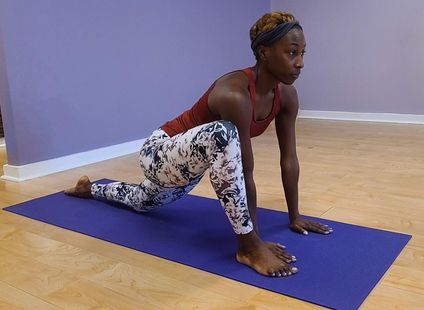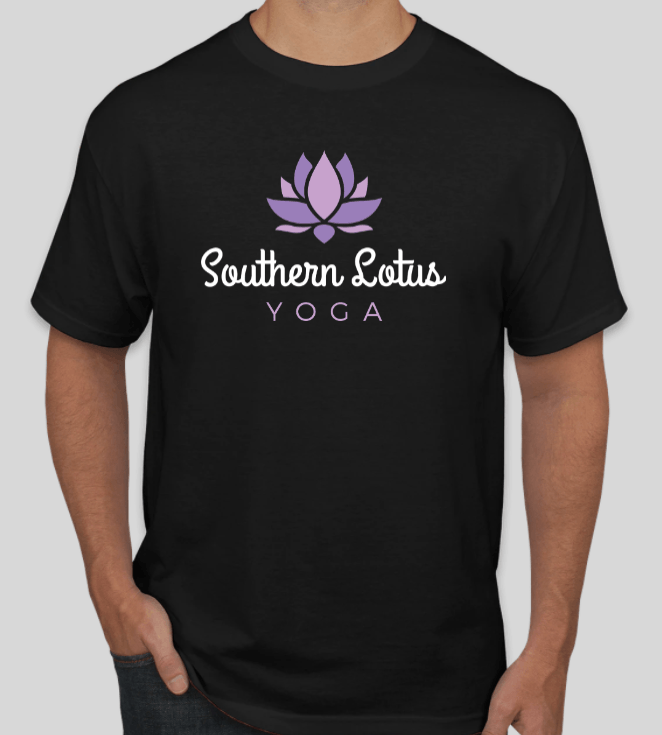What Our Customers Say
Blog

Summer often evokes images of relaxation, sunshine, and carefree moments. However, for many, it’s also a season of packed schedules, heightened responsibilities, and unexpected stressors. Between family vacations, work deadlines, and social obligations, it can be challenging to maintain a sense of balance. That’s where yoga can play a transformative role. This guide will explore how yoga can help you navigate the summer months with a sense of calm, focus, and self-compassion. Understanding Summer Stress While summer is often seen as a time to unwind, it can come with its own unique pressures, such as: Overcommitting: Filling your calendar with too many events or activities. Heat and Fatigue: Dealing with high temperatures and disrupted routines. Work-Life Imbalance: Balancing professional responsibilities with summer activities. Financial Strain: Budgeting for vacations, camps, or back-to-school preparations. Acknowledging these stressors is the first step in addressing them. Incorporating yoga into your routine can provide the tools to stay grounded and maintain balance. How Yoga Supports Balance Yoga is more than a physical practice; it’s a holistic approach to wellbeing. Here’s how yoga can help manage summer stress: Promotes Mindfulness: Yoga encourages you to focus on the present moment, helping you let go of worries about the past or future. Reduces Tension: Poses and stretches release physical tension caused by stress or long hours at a desk. Regulates Emotions: Breathing exercises (pranayama) calm the nervous system, reducing anxiety and irritability. Boosts Energy: Gentle flows and inversions combat fatigue, leaving you refreshed and revitalized. Encourages Self-Care: A regular yoga practice reminds you to prioritize your needs, even during busy seasons. Tips for Balancing Work, Play, and Self-Care Set Boundaries: Learn to say no to activities that overextend you. Protect your time for rest and self-care. Schedule Yoga Time: Treat your yoga practice as a non-negotiable appointment. Stay Hydrated: Drink plenty of water to support your body during the summer heat and your yoga sessions. Practice Outdoors: Connect with nature by practicing yoga in a park or garden during cooler parts of the day. Listen to Your Body: Be gentle with yourself and adjust your practice to suit your energy levels and needs. Summer doesn’t have to be a season of overwhelm. By integrating yoga into your daily routine, you can create a sense of balance between work, play, and self-care. Remember, yoga isn’t about perfection—it’s about showing up for yourself and honoring your unique journey. So, roll out your mat, take a deep breath, and let this summer be one of mindfulness, movement, and meaningful self-care.

Yoga is often celebrated for its physical benefits—flexibility, strength, and balance—but its impact on mental health is equally profound. Beyond the movements and postures lies a deeper connection between the body, mind, and breath. Each yoga pose serves as a stepping stone to greater mindfulness, emotional regulation, and mental clarity. Let’s explore why every yoga pose matters for mental health and how you can harness the power of mindfulness in motion. The Connection Between Yoga and Mental Health Yoga is much more than physical exercise; it’s a holistic practice that integrates the mind and body. Scientific studies have shown that yoga can reduce stress, anxiety, and depression, while improving overall emotional resilience. Here’s why: Mindful Movement: Yoga encourages awareness of each movement and breath, fostering a state of presence and reducing rumination. Regulated Nervous System: Poses and breathing techniques help activate the parasympathetic nervous system, promoting relaxation and reducing stress. Emotional Release: Certain poses open areas of the body where stress and emotions are often stored, such as the hips and chest. Enhanced Focus: The concentration required for balancing poses and controlled breathing improves mental clarity and focus. Why Every Pose Matters Each yoga pose, no matter how simple or advanced, plays a specific role in promoting mental health. Here’s how: 1. Grounding Poses Examples: Mountain Pose (Tadasana), Child’s Pose (Balasana), Warrior II (Virabhadrasana II) Grounding poses help you connect to the present moment and foster a sense of stability and security. These poses are particularly beneficial during times of anxiety or emotional overwhelm. Mental Health Benefit: Provides a sense of calm and rootedness, reducing feelings of uncertainty and fear. Mindfulness Tip: Focus on the sensations in your feet and legs, imagining roots growing into the earth. 2. Heart-Opening Poses Examples: Cobra Pose (Bhujangasana), Camel Pose (Ustrasana), Bridge Pose (Setu Bandhasana) Heart-opening poses stretch the chest and shoulders, areas where many people hold tension and emotional stress. These poses encourage vulnerability and openness. Mental Health Benefit: Releases stored emotions and fosters feelings of compassion and connection. Mindfulness Tip: Breathe deeply into your chest and visualize releasing any emotional heaviness. 3. Balancing Poses Examples: Tree Pose (Vrikshasana), Eagle Pose (Garudasana), Dancer’s Pose (Natarajasana) Balancing poses require focus and stability, encouraging you to remain present and centered. They highlight the connection between mental focus and physical steadiness. Mental Health Benefit: Improves concentration and builds resilience against distractions. Mindfulness Tip: Fix your gaze on a single point and synchronize your breath with your movement. 4. Twisting Poses Examples: Seated Spinal Twist (Ardha Matsyendrasana), Revolved Triangle Pose (Parivrtta Trikonasana) Twists detoxify the body by stimulating the digestive organs and improving circulation. They also symbolically represent letting go of what no longer serves you. Mental Health Benefit: Encourages release and renewal, reducing feelings of being stuck or overwhelmed. Mindfulness Tip: Visualize wringing out stress and negativity with each twist. 5. Inversions Examples: Downward Dog (Adho Mukha Svanasana), Legs-Up-The-Wall Pose (Viparita Karani), Headstand (Sirsasana) Inversions shift your perspective—literally and figuratively. By reversing blood flow, these poses energize the body and calm the mind. Mental Health Benefit: Reduces stress, boosts mood, and enhances mental clarity. Mindfulness Tip: Focus on the sensation of blood flowing toward your head and the feeling of lightness. 6. Restorative Poses Examples: Savasana (Corpse Pose), Reclining Bound Angle Pose (Supta Baddha Konasana), Child’s Pose (Balasana) Restorative poses allow the body and mind to fully relax and integrate the benefits of your practice. These poses are essential for recovery and emotional balance. Mental Health Benefit: Promotes deep relaxation, reduces cortisol levels, and fosters emotional healing. Mindfulness Tip: Close your eyes and focus on the rhythm of your breath, letting go of any lingering tension. The Role of Breath and Mindfulness Mindful breathing, or pranayama, is the thread that connects every yoga pose. By focusing on your breath, you can: Anchor yourself in the present moment. Calm the fight-or-flight response. Enhance the mind-body connection. Try incorporating alternate nostril breathing (Nadi Shodhana) or ocean breath (Ujjayi) into your practice for added mental health benefits. Building a Mindful Yoga Practice To maximize the mental health benefits of yoga: Practice Regularly: Consistency is key. Even 10-15 minutes a day can make a difference. Set Intentions: Begin each session by setting an intention, such as cultivating peace or releasing stress. Listen to Your Body: Respect your limits and modify poses as needed to avoid frustration or injury. Create a Ritual: Light a candle, play calming music, or use essential oils to enhance your practice. Every yoga pose matters because each one offers a unique opportunity to connect with yourself on a deeper level. By approaching your practice with mindfulness, you can harness the transformative power of yoga to support your mental health and overall wellbeing. So, the next time you step onto your mat, remember: it’s not about achieving the perfect pose. It’s about embracing the journey, one mindful movement at a time.

Life is full of highs and lows, and emotional overwhelm can sometimes feel like a storm we can’t escape. Whether it’s caused by stress, loss, or simply the demands of daily life, these moments can leave us feeling disconnected and untethered. Yoga offers a powerful toolkit to help ground ourselves, calm our minds, and reconnect with the present moment during these challenging times. Here’s how you can use yoga to stay grounded and centered when emotions threaten to take over. 1. Start with the Breath One of the simplest and most effective ways to ground yourself is through mindful breathing. When emotions run high, our breath often becomes shallow and erratic. Deliberately slowing down your breath can signal to your body that it’s safe to relax. Practice: Diaphragmatic Breathing Sit or lie down in a comfortable position. Place one hand on your belly and the other on your chest. Inhale deeply through your nose, allowing your belly to rise. Exhale slowly through your mouth, letting your belly fall. Repeat for 5-10 breaths, focusing on the sensation of your breath. This practice helps calm the nervous system and brings you back to the present moment. 2. Grounding Yoga Poses Certain yoga poses are particularly effective for cultivating a sense of grounding and stability. These poses help you connect with the earth, root down, and create a sense of safety. Mountain Pose (Tadasana): Stand tall with your feet firmly planted on the ground. Spread your toes and press evenly into all four corners of your feet. Imagine roots growing from your feet into the earth. Child’s Pose (Balasana): Kneel on the mat and lower your torso over your thighs, extending your arms forward or placing them alongside your body. Rest your forehead on the mat and feel the support beneath you. Seated Forward Fold (Paschimottanasana): Sit with your legs extended and gently fold forward, reaching for your shins or feet. Allow your body to relax into the stretch. Tree Pose (Vrikshasana): Stand on one leg and place the sole of the opposite foot on your ankle, calf, or thigh. Find balance and focus on a steady point in front of you, grounding through your standing leg. 3. Incorporate Gentle Movement Sometimes, emotional overwhelm can leave us feeling restless or stuck. Gentle, flowing movements can help release pent-up energy and bring a sense of calm. Practice: Cat-Cow Stretch (Marjaryasana-Bitilasana) Start on your hands and knees in a tabletop position. On an inhale, arch your back, lift your head, and tilt your pelvis upward (Cow Pose). On an exhale, round your spine, tuck your chin, and draw your pelvis inward (Cat Pose). Move slowly with your breath for 8-10 rounds. This rhythmic movement helps release tension in the spine and promotes relaxation. 4. Focus on Body Awareness When emotions feel overwhelming, reconnecting with your physical body can help ground you. Yoga encourages you to tune into your body’s sensations and become more present. Body Scan Meditation: Lie down in Savasana (Corpse Pose) and mentally scan your body from head to toe. Notice any areas of tension or discomfort and breathe into them. This practice fosters awareness and relaxation. 5. End with Restorative Poses Restorative yoga poses are ideal for calming the nervous system and promoting a deep sense of grounding. Legs-Up-The-Wall Pose (Viparita Karani): Lie on your back with your legs extended up a wall. Rest your arms at your sides and focus on your breath. This pose helps reduce stress and bring a sense of calm. Savasana (Corpse Pose): Finish your practice by lying flat on your back with your arms and legs relaxed. Close your eyes and let your body melt into the mat. 6. Use Affirmations and Intentions While practicing yoga, incorporate affirmations to anchor your mind and emotions. Repeat phrases like: “I am safe and supported.” “I am grounded and calm.” “This moment will pass.” Setting an intention at the beginning of your practice, such as “I will find peace in the present moment,” can also provide a guiding focus. 7. Create a Safe and Soothing Environment To deepen your grounding practice, create a calming atmosphere: Use a quiet, clutter-free space for your practice. Light a candle or use essential oils like lavender or sandalwood for relaxation. Play soothing music or nature sounds to enhance the experience. Emotional overwhelm is a natural part of life, but yoga provides a pathway to navigate these storms with grace and resilience. By connecting with your breath, moving mindfully, and grounding yourself in the present moment, you can find stability and calm amidst the chaos. Remember, yoga is a practice of self-compassion. Be gentle with yourself and know that it’s okay to take things one breath, one pose, and one moment at a time. Your mat is always there for you, ready to support you when you need it most.
















